Nervous System Worksheets
The nervous system worksheets are designed to provide an engaging and comprehensive way for students to understand and study this vital body system. These worksheets are ideal for biology and anatomy students, allowing them to explore the intricacies of the nervous system and its various components. By focusing on different entities and subjects related to the nervous system, these worksheets offer a valuable learning resource for students of all ages.
Table of Images 👆
- Nervous System Diagram Worksheet
- Nervous System Worksheets Free
- Autonomic Nervous System Worksheet
- Nervous System Crossword Puzzle Answers
- Brain Anatomy Worksheet
- Nervous System Lesson Plans Activities
- Central Nervous System Worksheets High School
- Animal Nervous System Diagram
- Health Worksheets for Middle School Students
- Endocrine System Glands Worksheet
- Human Skeleton Bones Worksheet
More Other Worksheets
Kindergarten Worksheet My RoomSpanish Verb Worksheets
Cooking Vocabulary Worksheet
DNA Code Worksheet
Meiosis Worksheet Answer Key
Art Handouts and Worksheets
7 Elements of Art Worksheets
All Amendment Worksheet
Symmetry Art Worksheets
Daily Meal Planning Worksheet
What is the main function of the nervous system?
The main function of the nervous system is to transmit signals and communicate information between different parts of the body, allowing for coordination of body functions, perception of the environment, and response to stimuli.
What are the two main divisions of the nervous system?
The two main divisions of the nervous system are the central nervous system (CNS), which includes the brain and spinal cord, and the peripheral nervous system (PNS), consisting of all the nerves and ganglia outside of the CNS.
What is the basic structural unit of the nervous system?
The basic structural unit of the nervous system is the neuron. Neurons are specialized cells that transmit information through electrical and chemical signals, enabling communication within the nervous system. They consist of a cell body, dendrites that receive signals, and an axon that transmits signals to other neurons or muscles.
What is the role of neurons in transmitting signals?
Neurons are responsible for transmitting signals through electrical and chemical processes. They receive signals from other neurons or sensory receptors, process this information, and transmit it to other neurons or target cells. This communication occurs through an electrochemical process where an electrical impulse travels along the neuron's axon and triggers the release of neurotransmitters at the synapse, allowing the signal to be passed on to the next neuron. Neurons play a vital role in coordinating and controlling various functions in the body, including movement, sensation, and cognitive processes.
What are the three types of neurons based on their function?
The three types of neurons based on their function are sensory neurons, which transmit information from sensory receptors to the central nervous system, motor neurons, which carry signals from the central nervous system to muscles and glands, and interneurons, which facilitate communication between sensory and motor neurons.
How is information transmitted across synapses?
Information is transmitted across synapses through an electrochemical process. When an action potential reaches the axon terminal of a neuron, it triggers the release of neurotransmitters stored in vesicles. These neurotransmitters then diffuse across the synaptic cleft and bind to receptors on the postsynaptic neuron, causing ion channels to open and generate a new action potential. This process ensures the relay of information from one neuron to another in the brain and nervous system.
What is the role of the central nervous system in the body?
The central nervous system plays a vital role in the body as it is responsible for processing and coordinating sensory information from the body and controlling voluntary and involuntary actions. It consists of the brain and spinal cord and serves as the command center for the body, allowing for communication between different parts of the body and enabling movement, thoughts, and emotions. Additionally, the central nervous system helps regulate functions such as heartbeat, breathing, and digestion, making it essential for overall health and well-being.
What are the main components of the peripheral nervous system?
The main components of the peripheral nervous system are the nerves and ganglia outside of the brain and spinal cord. Nerves carry sensory information to the central nervous system and motor commands to muscles and organs, while ganglia are clusters of nerve cell bodies located outside of the central nervous system. This system allows for communication between the central nervous system and the rest of the body, enabling movement, sensation, and coordination.
How does the autonomic nervous system differ from the somatic nervous system?
The autonomic nervous system (ANS) controls involuntary bodily functions such as heart rate, digestion, and breathing, while the somatic nervous system controls voluntary movements and actions. The ANS operates independently and automatically, while the somatic system requires conscious effort to perform actions. Additionally, the ANS has two divisions, the sympathetic and parasympathetic, which work together to maintain homeostasis in the body, whereas the somatic system primarily controls sensory and motor functions of the body.
What are the main disorders or diseases that can affect the nervous system?
There are a variety of disorders and diseases that can affect the nervous system, including Alzheimer's disease, Parkinson's disease, multiple sclerosis, epilepsy, stroke, brain tumors, and migraines. These conditions can impact different aspects of the nervous system, such as the brain, spinal cord, and peripheral nerves, leading to a wide range of symptoms and complications that may require specialized medical care and management.
Have something to share?
Who is Worksheeto?
At Worksheeto, we are committed to delivering an extensive and varied portfolio of superior quality worksheets, designed to address the educational demands of students, educators, and parents.

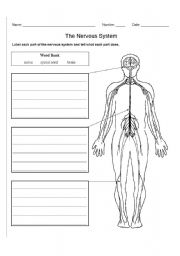




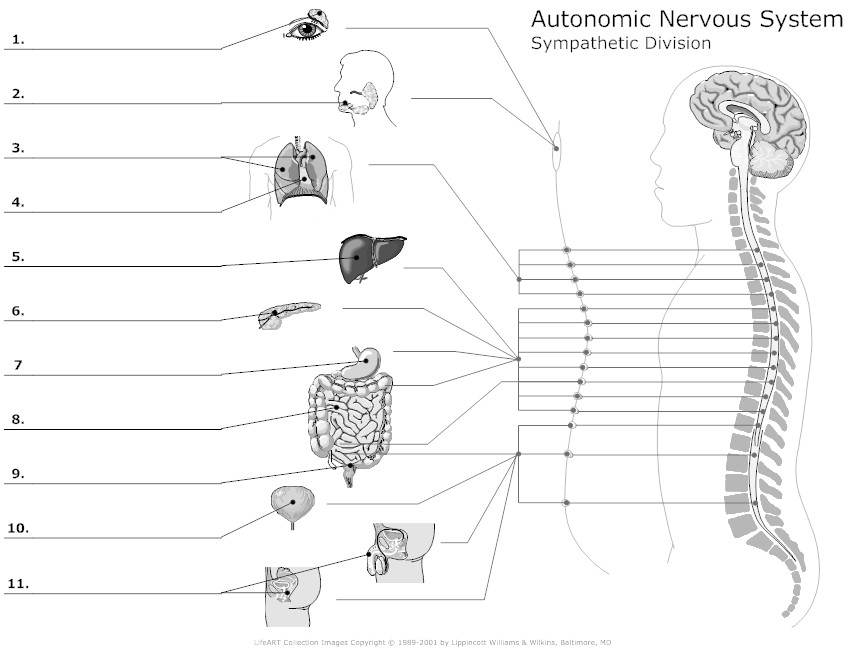
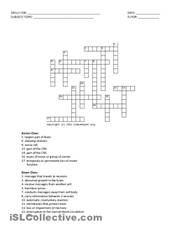

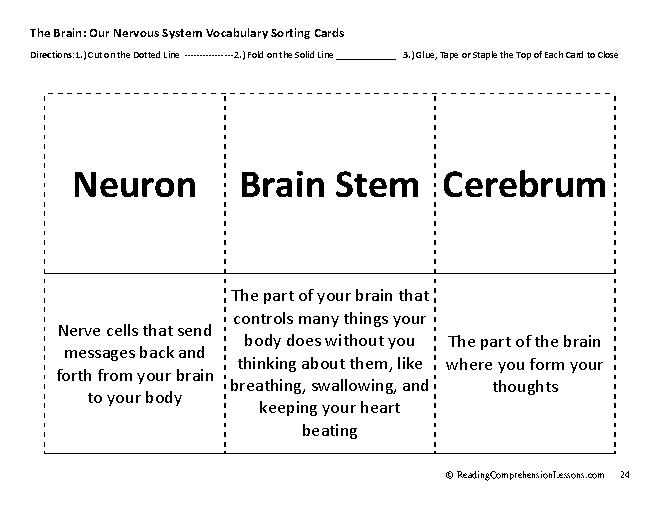
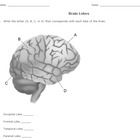

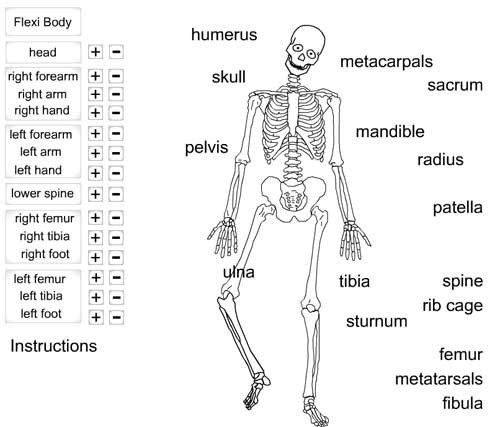














Comments